Description
Phlox paniculata ‘Franz Schubert’
This is a lovely plant amongst a lovely Genus. Selected and named by Allan Bloom after his favourite composer, Phlox paniculata ‘Franz Schubert’ is one of the best performing and prettiest of its kind. The colour of the flowers is an enchanting pinkish lilac, fading towards the petal edges and white at the centre. However, dependent on lighting, the flowers can tend towards either the lilac or pink end of the range. Another advantage is that well grown plants are fairly resistant to mildew. 90cm. Feed well and make sure their is adequate moisture in the growing season. Sun to Part shade.
All but one of the 60 or so species of Phlox are from the Americas, from Mexico north where they colonise open woods ans streamsides and limestone hillsides. They were introduced into Europe as early as 1730 by John Bartram. In the late 1800’s several cultivars were raised, possibly by hybridisation with P. caroliniana, but they reached the height of their popularity in the a950’s and 60’s when an extensive breeding program by Frenchman Capt Symons-Jeune saw the introduction of new showy varieties with pure colours and better disease resistence. The majority of breeding of modern cultivars has come from Europe, beginning with breeding efforts in France some 100 or so years ago. In the first instance hybrids were known under the name Phlox decussata.
One of the first major breaks that came in the breeding of Phlox was when John Downie of Edinburgh produced the first eyed variety.
Phlox generally are prone to powdery mildew and leaf blotches which is perhaps why they fell from fashion in the early 1980’s. It is important to give them good soil conditions where they do not go short of water in late summer when in flower. Spring feeding is also beneficial. Full sun gives the best results if water is not short but on thinner soils some shade is beneficial. Much attention has been paid to breeding healthier plants in recent years, but good growing conditions are still very important.
Phlox paniculata can be the first of the border perennials to show signs of water stress. They can grow happily in full sun or light shade but do require access to adequate moisture to grow at their best. Thinning out weak shoots early in the season allows the stronger shoots to flourish and flower better. It is also possible to half the height of some of the outside shoots half way through the season. These trimmed shoots will then branch and go on to flower after the main display, prolonging the season.

















































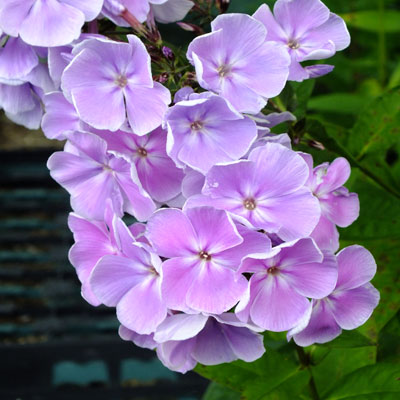
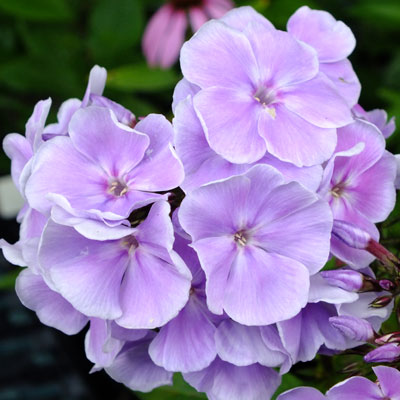
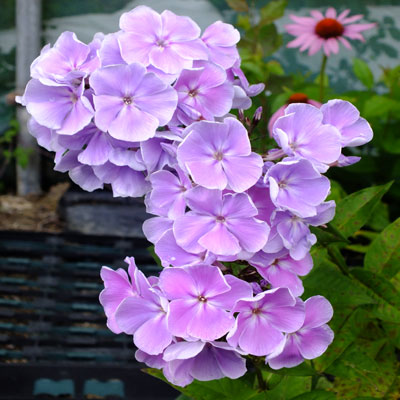



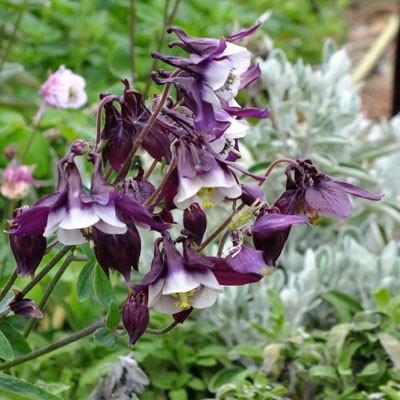
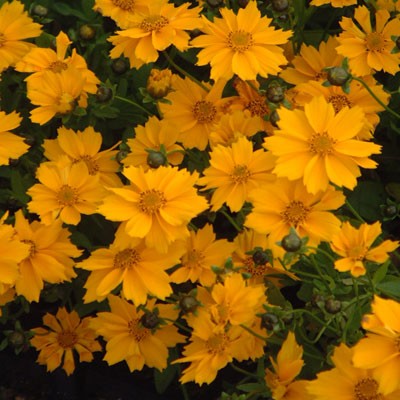




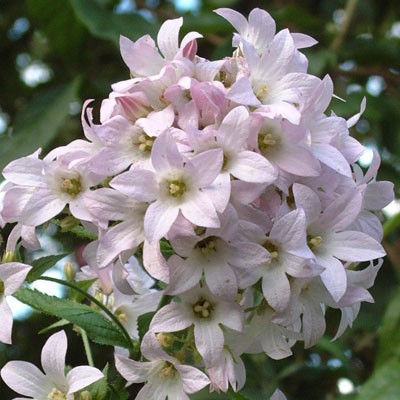
Reviews
There are no reviews yet.